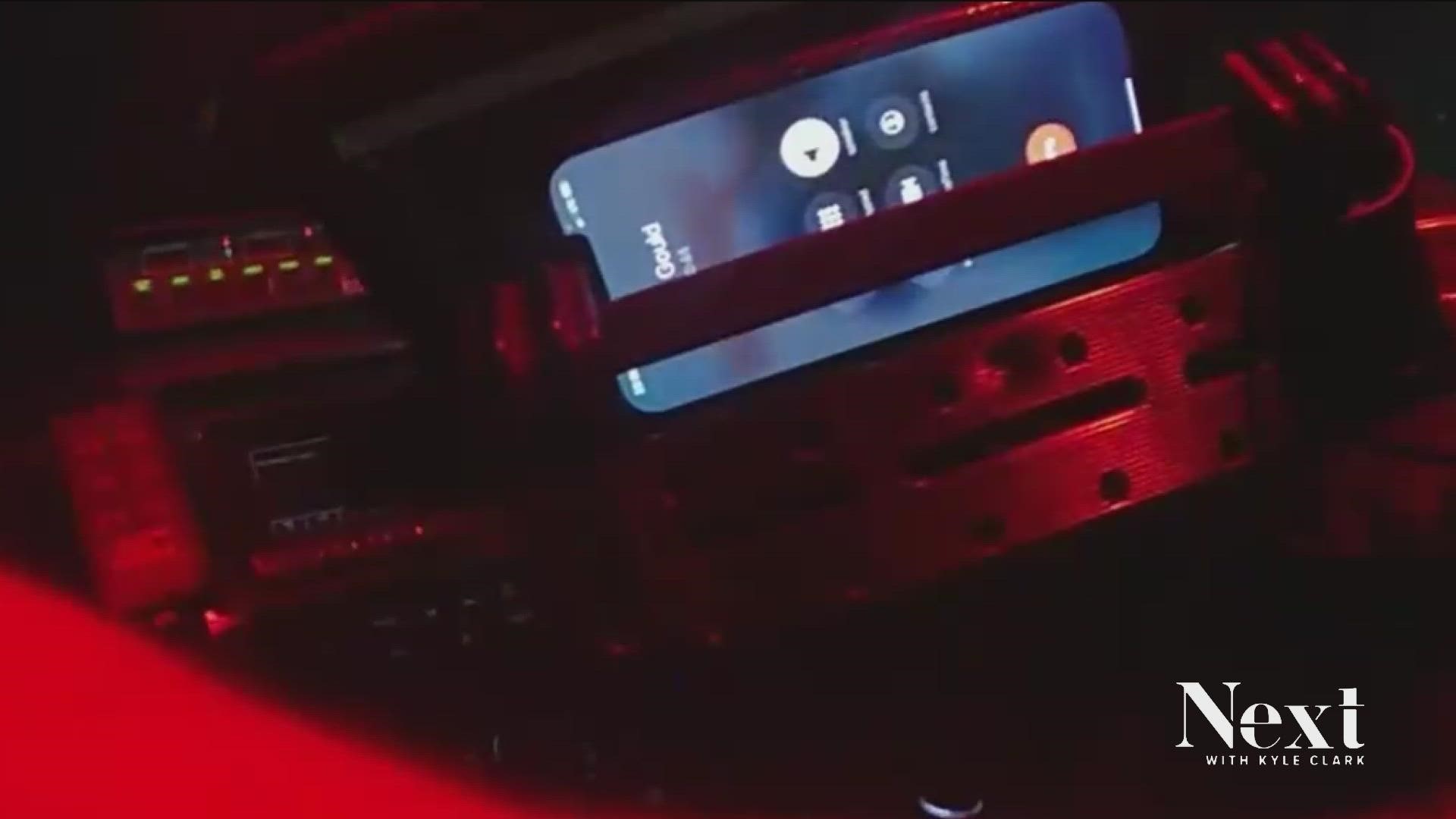SILVER PLUME, Colo. — The ability of a supervising deputy to watch a livestream of deputies’ body cameras may be an important element in the cases of two Clear Creek County deputies charged with the shooting death of Christian Glass this summer.
A grand jury indicted Deputy Andrew Buen with second degree murder, official misconduct and reckless endangerment. Buen is the deputy seen on camera shooting bean bags, using a stun gun and shooting and killing Glass during the call.
Glass, a Boulder resident, called 911 for help after getting his car stuck on a mountain road in Silver Plume. It was a call that ended his life.
After a 70-minute police encounter, where officers attempted to get a terrified Glass out of his car, they were unsuccessful.
Former Clear Creek Sgt. Kyle Gould was indicted on criminally negligent homicide and reckless endangerment charges. Gould was a supervising deputy and not on scene at the time of the shooting.
According to the indictment, Gould was watching a live stream feed of Buen's, and his partner Tim Collins’, body cameras during the incident. At one point early in the call, Buen is heard on the body camera video telling Collins he is on livestream.
Minutes later, Buen is seen returning to his patrol car. He mutes his body camera, claiming he is having a private conversation. Then the video shows he dials his cell phone. According to the indictment, Buen and Gould have a conversation over the phone while the body camera is muted. After Buen returns to Glass’s car, he indicates to other officers who’ve arrived that he has permission to force entry into Glass’s car.
“In this case, there does seem to be a relatively clear argument to be made that it was the decision of Sgt. Gould, who was not on the scene that led to the death of the victim,” said Ian Farrell, a law professor at the University of Denver. “In most situations, someone who isn’t on the scene isn’t making decisions that directly lead to someone’s death or they are not aware of the circumstances that would make them negligent to make that decision.”
“The fact that there was a live feed going to the decision maker and so there was sufficient evidence – sufficient information available to him that a reasonable person would have known that making this decision to take the person out of the car would create a substantial risk of him being hurt or even killed,” Farrell added.
Contacting a supervisor about a forced entry in a case like this is rare, according to Ed Obayashi, a California sheriff’s deputy who is also a trainer in police tactics.
“It’s highly unusual for a supervisor, an offsite supervisor and an on-scene officer to be discussing whether or not an entry should be made… forced entry,” Obayashi said. “In my experience the officers don’t call for permission to break in or to use force. That decision is made by the respective officer on the scene.”
“The decision to use force is always and should always be made by the officer who is employing that force,” he said.
SUGGESTED VIDEOS: Next with Kyle Clark

